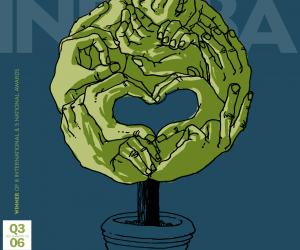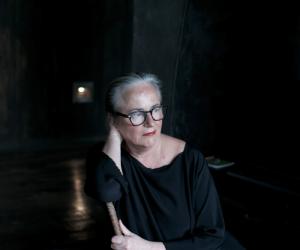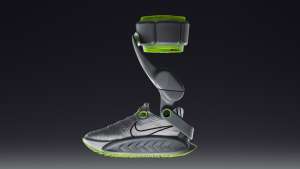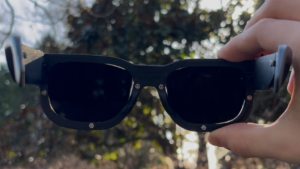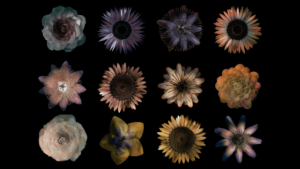First Published in
Contemplating our own mortality is not merely the preserve of the grim-minded. Nowadays, everyone loves a good death - judging by the popularity of television shows like Six Feet Under… Our current cultural climate makes it possible for both conventional and unconventional explorations of death to be not all that terribly shocking, or unexpected.
After all, Death, the great equaliser, comes to us all… and certain societies are perhaps more accepting and permissive than ever before. Those who (from authors and filmmakers through to product designers) dig deep into the topic of death for creative inspiration are grave robbers who take from the dead to give to the living by providing mechanisms for coping with the associated grief.
Designers, the observers of life, sometimes like to take a good hard look at death too (and more of them need to, judging by the kitsch and sentimental paraphernalia of most funeral parlours). This holds true of Design Academy Eindhoven's latest venture, Post Mortem, which re-designs and introduces trappings of death.
Graduates from the academy explored ways in which modern society deals with, and disposes of, the dead. Post Mortem addresses the fact that "the role of the church and the associated rites are no longer peremptory. Where, 50 years ago, the dead were invariably buried in a cemetery, crematoriums have become increasingly popular."
This change has propelled into existence a host of challenging designs - like personalised headstones, for example - which were presented by Li Edelkoort at the 2006 Milan Furniture Fair. Like a mortician's make-up, these designs lend death a presentable face. The statement made by many of the products in the Post Mortem collection, such as the beautiful mourning jewellery, is that although death is an ugly fact of life, its outward forms needn't be so. Other pieces in the collection manage to be more disturbing and thought-provoking contemplations. There is a stuffed, animatronic kitty that purrs when you stroke it, for instance. Designs like this do manage to bear silent witness to "the transience of life," as Eindhoven claims.
More relevant to us here, in a magazine issue that deals with the continuation of life and ways in which to sustain it, are those Eindhoven designs that employ biodegradable and/or recycled materials in their execution. Human death, in line with ever-increasing global population, entails a serious environmental impact. Cemeteries continue to expand and take up valuable arable and/or dwellable land in and around cities. Many are beginning to consider alternatives, or already provide fresh solutions like upright burials. Increasingly, crematoria need to responsibly dispose of both smoke and ash. As a result, burial options that bear the earth in mind, like having your ashes sunk into artificial underwater reefs for example, are starting to proliferate.
This is what makes Annelies Hermsen's teardrop Burial Cocoon, an organic funeral urn, so profound. Made from biodegradable potato-starch, you can dispose of the ashes AND their container. Likewise, Lesley van Berkel's Body Box is a cardboard coffin that poses no threat to hardwoods. Designed initially for disaster relief, the simple coffin with its Muji-like aspect is also a stylish solution for the über-hip, a cost-effective option for the poverty-stricken and a workable solution for impoverished rural communities in Aids-torn Africa.
Wieteke Brocken's Origin and Destiny project features a shroud made from pressed flowers that's an extraordinary garment for the dead and an equally special one for the living. Aptly named, Origin and Destiny reminds us of the enduring and inevitable cycles of life. Wieteke describes the unusual biodegradable textile as "a second skin, made of flower petals. After all, people's lives, like flowers, also bloom and wilt. It just takes a bit longer..."




